In and amongst working on horses, teaching EasyShoe workshops, and being a good mom to my daughter Rowyn, I have been fortunate to be part of a phenomenal research project called the Equine Posture Project, funded by the American Holistic Veterinary Medical Foundation, AHVMF.

The research team, Maximum Horsepower Research, is made up of Judith M. Shoemaker DVM, Karen Gellman DVM, PhD, Elizabeth Reese LMHC, AmSAT, and me, Daisy Bicking, DEP, APF, CBT, assisted by Dr. Tiffany Horton, and farrier Michelle Laiche.
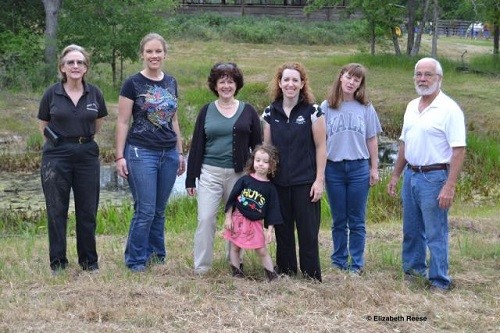
In previous blogs, I have described how one of the criteria I use to help me determine if I’m trimming and shoeing my horses well is the horse’s posture. You can read about it in this blog here: Is Your Horse Really a Goat?
The aim of the study is to prove what we observe anecdotally. Good posture to us is when the horse stands with their legs perpendicular to the ground with their cannon bones a leg at each corner. We believe this is more energy efficient and therefore less detrimental to the horse, than standing other ways, most commonly “goat-on-a-rock”, which we consider compensatory posture.

In the Equine Posture Project, we took a group of horses who demonstrate abnormal compensatory posture, and perform clinical interventions designed to restore normal neutral posture: farriery, dentistry and manipulative therapy.

We were fortunate to have the use of Dr. David Hood’s research facility, The Hoof Project Foundation, which is equipped with a force plate system designed to collect weight-bearing forces on each foot individually.
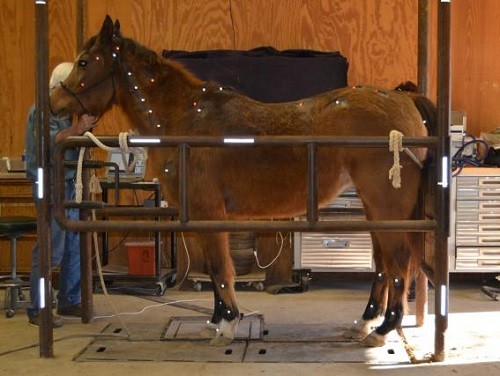
We also used a MatScan pressure pad to record the center of load for each foot.
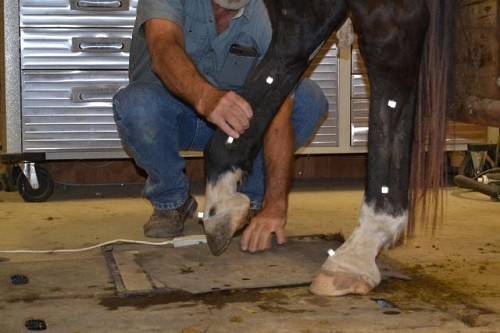
Each horse had reflective markers glued onto key anatomic landmarks to evaluate spinal contour, and a 3D camera was used to recreate spinal posture.
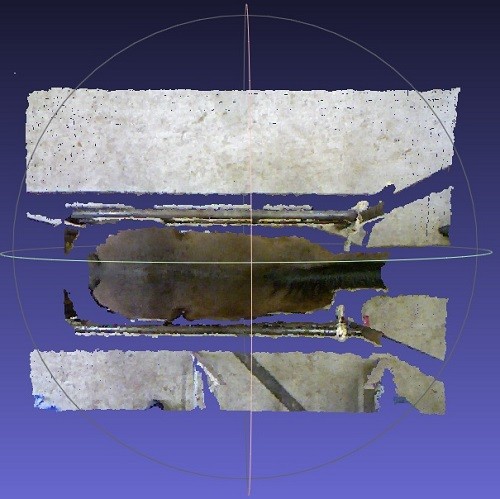
My role as the farrier component of the team was to document the horses’ feet taking measurements, digital photographs and, with the help of Dr Tiffany Horton, digital radiographs, before and after trimming for three sessions spaced five weeks apart.

I was also responsible for all the hoof trimming of the horses according to the standards in the study which also happen to be the trimming and shoeing criteria I’ve been discussing here in my blogs: Rehabilitation of the Insulin Resistant Foundered Horse: DHF Style, Broken Down May Not Be So Broken, For The Love of the Small (Often Foundered) Pony.

That means for this study alone, we took over 600 digital pictures, 600 digital radiographs, made 288 measurements and trimmed 96 feet in three sessions over 10 weeks. I could not have done it without the help of the entire team! But especially Dr. Horton, farrier Michelle Laiche, and Elizabeth Reece.
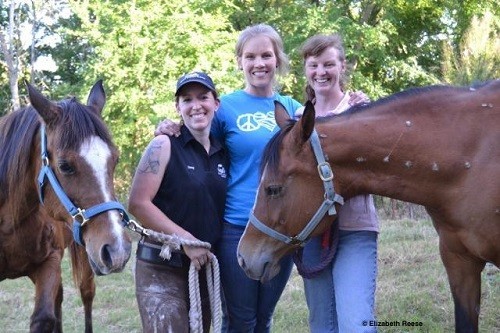
Although the data analysis is just beginning, over the course of the three months, the MHPR team observed major subjective changes in the hooves, stance, demeanor and muscular contour of the study horses. Early results are confirming our hypothesis that standing in abnormal compensatory posture is energetically more costly, and involves more muscle activity than normal neutral posture.
For those of you interested in some of the ways we’re starting to look at the data here is some preliminary results! CAVEAT EMPTOR: These are illustrations, not statistically analyzed data– they are meant to convey how we are looking at the mechanics of stance. Dr. Karen Gellman has picked two segments that show a large difference for demonstration purposes. See the descriptions on each picture to explain the graphs.
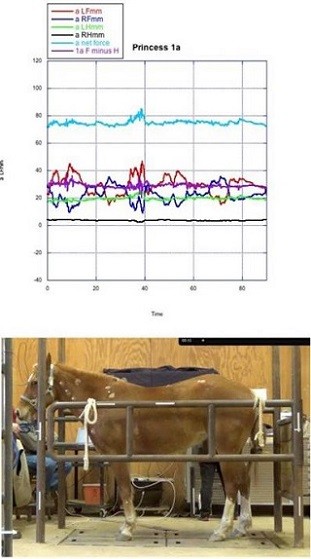

Princess 1a baseline before any treatment (left) and Princess 3a after hoof balancing and dentistry (right).
The graph shows the calculated amount of muscle force required to hold each leg in this position of stance. When the cannon bone is perpendicular to the ground, that force equals zero. Camped in is a positive number, splayed out is a negative number, i.e. no force required, possibly forces applied to body.
The turquoise line is the total amount of muscle force required to support this stance. The purple line is the sum of the front leg forces minus the sum of the hind leg forces. If front and hind forces equal out, no additional trunk muscle force will be required to hold the trunk level. So, this is showing, graphically, that neutral stance, i.e. four legs with cannon bones perpendicular to the ground, requires the least muscle effort to maintain. In 1a, 3 out of four legs are camped in, in 3a, all four legs are very close to perpendicular.
For more information on the project please see: https://www.facebook.com/MHPResearch.
For more information about me and the work that I do: www.DaisyHavenFarm.com and www.IntegrativeHoofSchool.com.




